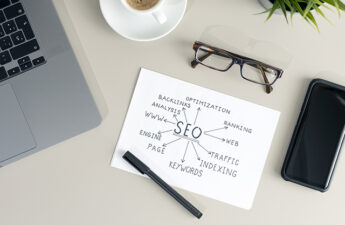In the last couple years, you’ve been hearing this word more often. Storyboard your sales presentation. Storyboard your video. Storyboard your whiteboard. Storyboard your sales pitch. Hey, everyone is talking about it… What’s the story? TV storyboard are now being widely use for advertisement.
First, let’s clear up the ‘name’ confusion.
Some people say ‘storyboard’ while others say ‘blueprint.’ Some people use the term and don’t have a clue what it really means. Others are thinking purely about graphic layouts-not a combination of pictures and words.
So, to clear this up. A simple sales presentation storyboard is a frame-by-frame layout to plan a communication. If you are a visual artist, you may be framing visual development. If you are a business presenter, you’re more likely to combine pictures and key words.
While the term started in movie making as was used by Walt Disney to communicate to numerous designers at once, it has grown in popularity. Disney used storyboarding to plan the parks and destinations such as Disney World. Since the early roots in movies, storyboarding is now popular amongst business professionals and creative communicators alike.
Second, let’s understand why storyboards are so valuable.
Short answer here. A sales story appeals to emotions and dreams. A persuasive story attracts attention, inspires interest, and captures the imagination. It is not just a factual string of details. Storyboards are the easy way to plan and prepare a winning story.
Third, let’s examine why a story is so important.
Scientists have this one in the bag.
“Humans are not ideally set up to understand logic; they are ideally set up to understand stories.”
-Roger Schank
That sums it up, right? Think about showing that to your boss if he or she is hassling you to tone down the storytelling and pump up the fact sheets.
Turns out that story is so important for another reason.
“How do we get people to act on our ideas? We tell stories…”
-Chip Heath and Dan Heath
Since you are giving a presentation, you want people to go with your ideas! It’s common sense really.
Story + Storyboard = Action
It’s a one-two punch. A powerful compelling story plus a step-by-step plan to hardwire results in the most desirable outcome: action.
The main reason, in fact the only reason to give a presentation is to inspire action. Action on your ideas. Action on your proposal. Action to buy your products, services and solutions. If you’re giving presentations, it is for one ultimate outcome. Action.
Now, you may have different types of ‘action’ in mind. A next meeting. A signed contract. An agreement on direction. A ‘yes’ to your proposal or recommendation. A response such as: “I love it!” or “I have to have it.”
Take a moment to think about the value of a winning story and a frame-by-frame storyboard. You will be able to quickly organize ideas, collaborate with your team, and go from zero to done faster than you might imagine.
Plus, you’ll be able to scale storytelling across your team. With a storyboard, you can share your compelling story-and so can other sales staff. They don’t have to reinvent the wheel. With a master presentation storyboard, building a strong sales team is much, much simpler.
If you are serious about getting results, put down your slides. Pick up your storyboard and get busy. It’s the way of the future.
“Gone is the age of left brain dominance, the future belongs to storytellers.”
-Daniel Pink
Storyboards help you invent the future. Storyboards make it easy to build dynamic and interactive sales presentations. Are you using storyboards to win more sales?



